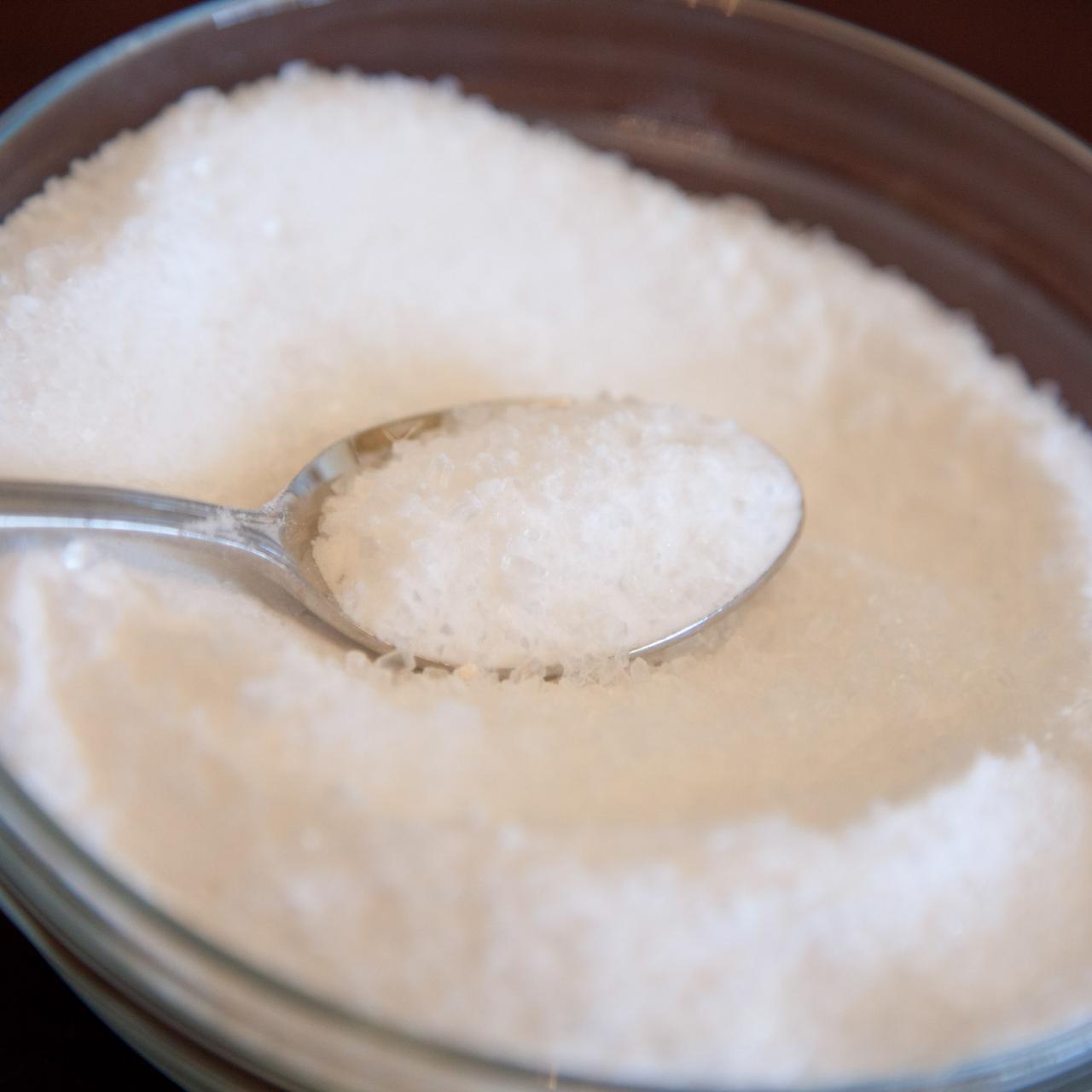Epsom Salt in Horticulture: What Plants Don't Like Epsom Salt and Exactly How to Change
Epsom Salt in Horticulture: What Plants Don't Like Epsom Salt and Exactly How to Change
Blog Article
Find Out About the Particular Plants That Are Detrimentally Impacted by Epsom Salt Application
Epsom salt, a prominent household remedy for various gardening issues, is usually commended for its helpful impacts on plant growth. However, not all plants react positively to its application. Recognizing the details plants that can be adversely influenced by Epsom salt is critical for any type of garden enthusiast aiming to maximize their plant care routine. Roses, tomatoes, rhododendrons, azaleas, and peppers are simply a couple of examples of plants that may not react well to Epsom salt. The reasons behind these unfavorable results and just how to alleviate them are important understanding for keeping a growing yard.
Roses

Roses, particularly sensitive to adjustments in their setting, can be adversely affected by the application of Epsom salt. While Epsom salt is frequently utilized as a plant food to advertise plant growth and improve flowering, roses are among the plants that do not react well to its application. The high magnesium material in Epsom salt can disrupt the uptake of other important nutrients by the rose plants, causing deficiencies that materialize as yellowing leaves or stunted development.

Tomatoes
Tomatoes, known for their convenience in cooking applications, can exhibit unfavorable results when subjected to Epsom salt as a result of their specific nutrient requirements. While Epsom salt is often proclaimed as a remedy for different plant concerns, including bloom end rot in tomatoes, its application can lead to damaging end results if not made use of sensibly. Tomatoes are hefty feeders that need a well balanced consumption of nutrients, specifically calcium, to prosper. Extreme Epsom salt, which is magnesium sulfate, can interfere with the fragile nutrient equilibrium needed by tomatoes, possibly leading to deficiencies in various other vital nutrients like calcium. This imbalance might materialize in signs and symptoms such as stunted development, yellowing fallen leaves, or even lowered fruit production in tomatoes. Therefore, when thinking about using Epsom salt on tomatoes, it is essential to stick to recommended application prices and dirt screening to avoid unexpected consequences on the general health and efficiency of these beloved yard plants.
Peppers
Peppers, respected for their different shades and degrees of spiciness, can show sensitivity to negative influences from Epsom salt when not used with care and factor to consider for their specific nutritional needs. what plants don't like epsom salt. Peppers, coming from the Solanaceae family members, call for a fragile balance of nutrients to prosper. While Epsom salt is recognized to increase magnesium levels in plants, too much application can disrupt this balance, bring about negative impacts on pepper plants
When peppers are exposed to high levels of magnesium from Epsom salt, it can hinder the plant's capacity to take in other crucial nutrients like calcium and potassium. This imbalance may show up in signs and symptoms such as leaf discoloration, stunted growth, useful site and lowered fruit manufacturing. In addition, the excessive magnesium can change the dirt pH, additional aggravating nutrient uptake issues for peppers.

Rhododendrons
Given the sensitivity of particular plant types to inequalities brought on by Epsom salt, it is important to think about the impact on Rhododendrons, which likewise need specific nutrient levels to grow. Rhododendrons are acid-loving plants that favor acidic dirt problems with a pH range between 4.5 and 6.0. Epsom salt, chemically understood as magnesium sulfate, can alter the dirt pH and interfere with the fragile equilibrium of nutrients important for Rhododendron health and wellness.

To maintain the ideal growth and health of Rhododendrons, it is critical to prevent the unplanned use Epsom salt and instead focus on supplying the certain acidic soil conditions and nutrients that these plants need for flourishing.
Azaleas
Azaleas, understood for their lively blossoms and wide array of shades, are decorative bushes that belong to the Rhododendron category. These popular flowering plants are usually found in parks, landscapes, and gardens due to their beauty and convenience. Azaleas are delicate to modifications in soil pH degrees, which can significantly impact their growth and general health. While Epsom salt is generally used as a remedy for magnesium shortage in plants, its application to azaleas can have unfavorable results.
Azaleas choose navigate to these guys slightly acidic dirt problems, and an extra of magnesium from Epsom salt can interrupt this balance, leading to nutrient discrepancies and prospective toxicity problems. The wrong application of Epsom salt can result in stunted development, yellowing of leaves, and overall decline in the wellness of azaleas.
Verdict
In conclusion, it is very important to be knowledgeable about the certain plants that can be negatively impacted by the application of my review here Epsom salt. Roses, tomatoes, azaleas, rhododendrons, and peppers are some examples of plants that may not gain from Epsom salt and might even experience harm. It is important to study and recognize the demands of each plant varieties prior to utilizing Epsom salt as a fertilizer to guarantee their health and wellness and well-being.
Comprehending the specific plants that can be detrimentally influenced by Epsom salt is critical for any garden enthusiast looking to enhance their plant treatment regimen. While Epsom salt is generally used as a fertilizer to advertise plant development and enhance flowering, roses are one of the plants that do not respond well to its application.Extreme usage of Epsom salt can likewise result in a build-up of salts in the soil, leading to root damages and dehydration of the rose plants. While Epsom salt is known to enhance magnesium degrees in plants, too much application can interrupt this stability, leading to unfavorable effects on pepper plants.
The high salt web content in Epsom salt can likewise dry out Rhododendron origins, creating additional stress and damage to the plant. (what plants don't like epsom salt)
Report this page